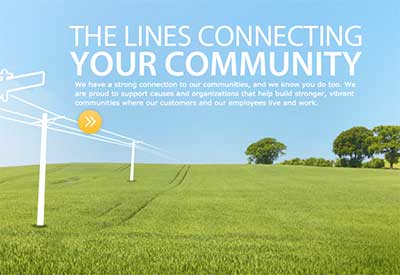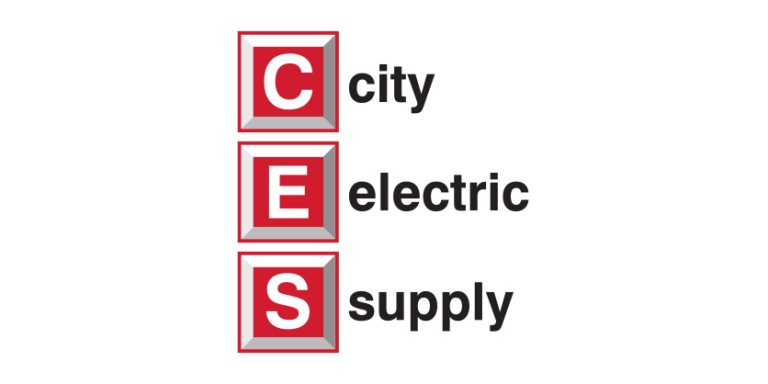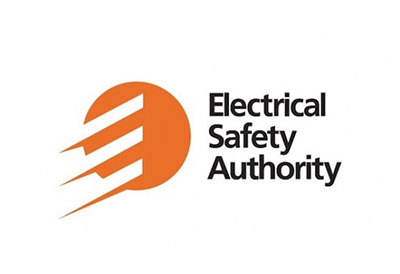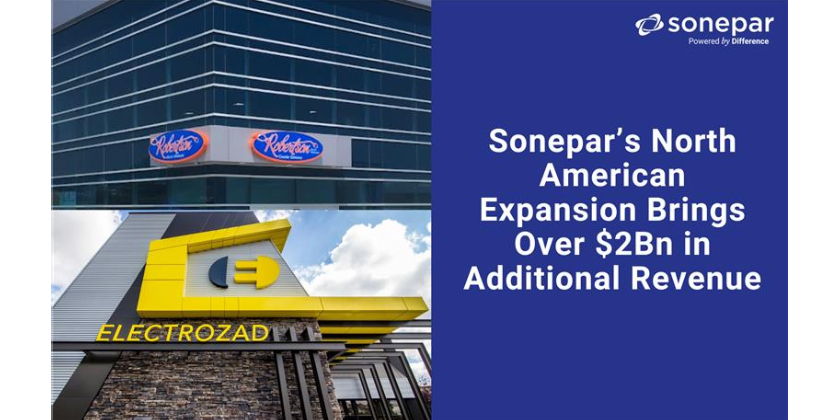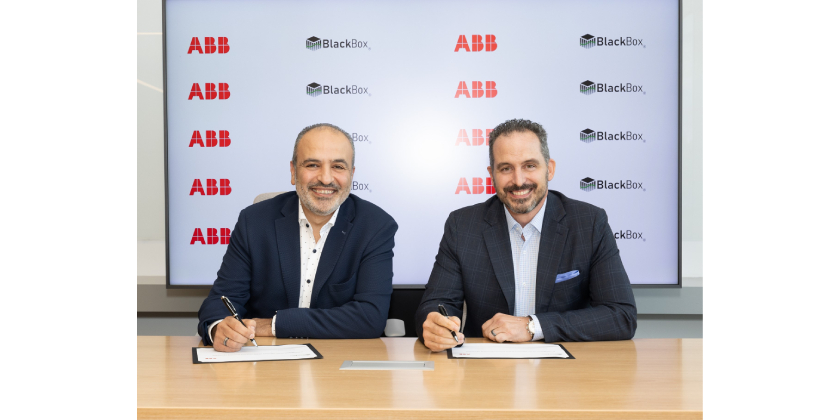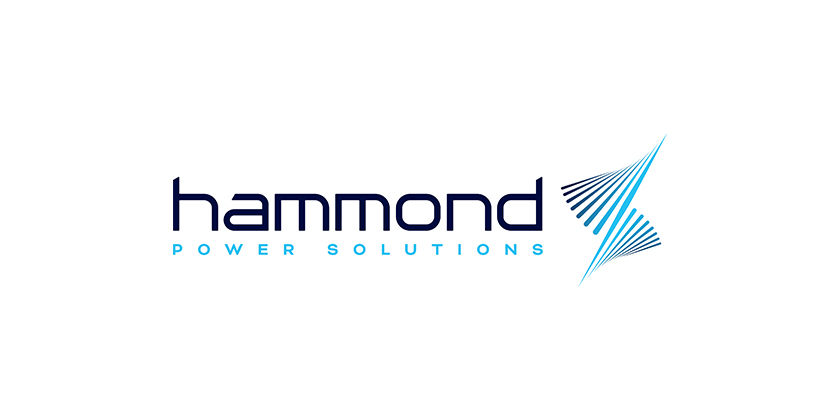NEMA Publishes EV Charging Network Interoperability Standard
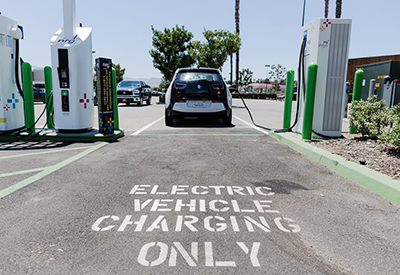
Dec 31 2015
The National Electrical Manufacturers Association’s NEMA EVSE 1.2-2015 EV Charging Network Interoperability Standard Part 2: A Contactless RFID Credential for Authentication (UR Interface) describes a protocol for authenticating electric vehicle (EV) charging service requests using contactless proximity radio frequency identification (RFID)–type credentials. Authentication provides assurance to the EV charging network that the EV driver is the correct authorized party incurring a financial or other obligation for the services to be rendered. The protocol also gives EV drivers confidence that transactions have not been authenticated using forged or fraudulent credentials.
This new standard was developed by the NEMA Electric Vehicle Supply Equipment/Systems committee, and is part of a suite of standards addressing a new service intended to reduce the drivers’ “range anxiety” by allowing their EVs to be charged by EV supply equipment of a different charging network than with their own.
NEMA represents nearly 400 electrical, medical imaging, and radiation therapy manufacturers. Our combined industries account for more than 400,000 American jobs and more than 7,000 facilities across the U.S. Domestic production exceeds $117 billion per year. Our industry is at the forefront on electrical safety, reliability, resilience, efficiency, and energy security.
NEMA EVSE 1.2-2015 may be purchased in hard copy for $158 or downloaded at no cost on the NEMA website.



